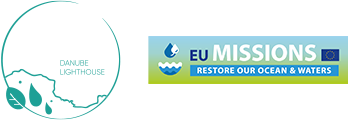Crisuri Water Basin Administration
Organization: CWBA (Romania)
The Crisuri Water Basin Administration (DPS 9), will implement at the basin scale intervention sections for waste management and cleaning of water courses by placing 3 litter traps, to reduce the massive pollution with PETs in the cross-border zone on 3 main streams: Barcău, Crișul Repede, Crișul Negru.
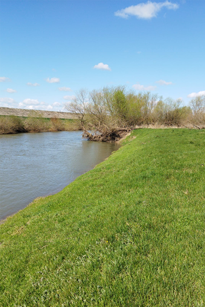
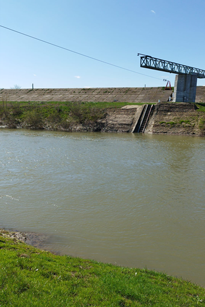

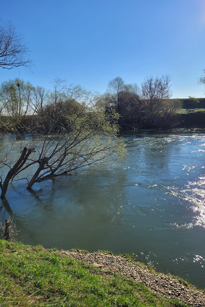



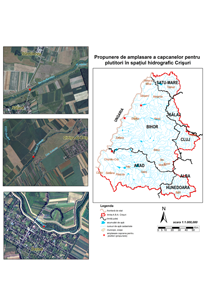
General Overview
The Crişuri Water Basin Administration (CWBA) proposed the implementation of three litter traps in the Barcău, Crișul Repede, and Crișul Negru Rivers for waste management and watercourse cleaning. The aim of the intervention was to reduce PET pollution in the transboundary zone of the three watercourses. All three rivers intersect Natura2000 sites along their course. The litter trap locations overlap in total with three Natura2000 sites (two for Crișul Repede River, and one for Crișul Negru River) under the Habitats and Birds Directives.
Implemented Measures
The task of reducing floating water pollution is to be achieved by the installation of three litter traps in the Barcău, Crișul Repede, and Crișul Negru watercourses. The passive method to collect and recover the plastic debris while simple in principle, depends on the characteristics of the riverbed, the amount of water passing through, and the overall functions of the installation (buoys for guidance of the floats, containers for collection of the debris, and access roads for the transportation and evacuation of the pollutants from the cite).
Impact of the Measures on the Environment
The impact of such an installation is expected to be positive for the environment, and lead to the reduction of the floating litter in the waterways both in Romania and in downstream areas within Hungary.
Summary and Recommendations
Litter traps are considered a low-maintenance and cost-effective way to remove floating debris, that can be designed to accommodate different topologies and is easily transferrable. However, the chosen sites should be in a sub-catchment of a main watercourse, where the low water velocity will allow the collection of higher amounts of waste, and in a surrounding area of little to no vegetation, easily accessible for transport vehicles.
